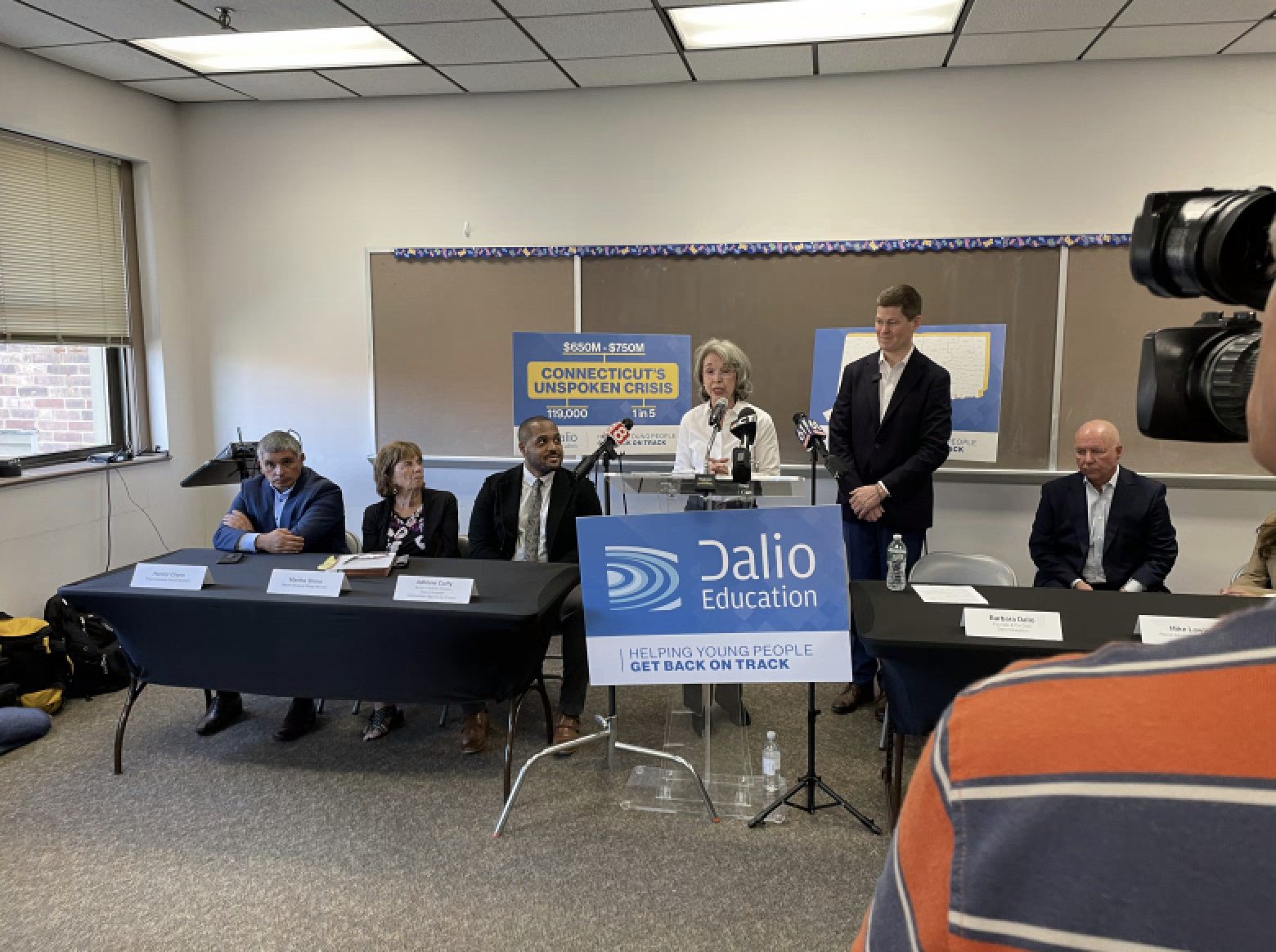What do you call someone who can diagnose and treat patients, and prescribe medication? Doctor isn’t the only correct answer.
When you make a primary care appointment, you could be seen by a physician. But you might also be seen by an Advance Practice Registered Nurse (APRN), a Nurse Practitioner (NP) or a Physician Assistant (PA).
Many practices are relying heavily on non-physician providers to keep up with patient demand.
Lauren DiMauro of West Hartford said her primary care physician referred her to a specialist in 2021 when her digestive issues continued to worsen.
Get Connecticut local news, weather forecasts and entertainment stories to your inbox. Sign up for NBC Connecticut newsletters.
“I was so sick, I couldn't hold anything down. And I was losing a lot of weight,” she said.
DiMauro was initially seen by a couple of different APRNs in the practice.
“The second APRN was kind of like, ‘Okay, we've tried a couple different tests. And I just think this is something that you're going to have to live with the rest of your life,’” she said.
DiMauro wasn’t ready to accept that. She said she kept pushing until she was able to see the doctor. She left that appointment with a diagnosis and developed a holistic treatment plan based on that information.
“As of May, my bloodwork returned to normal, it was phenomenal. And now I know that this way of living is the way that's best for me,” she said.
DiMauro documented her experience on Instagram in hopes of helping others.
She said the process from referral to diagnosis took about 10 months - an experience that isn’t unusual these days.
Physicians across the healthcare sector are booking months out due to shortages. Primary care is being hit especially hard. That’s where APRNs and PAs come in.
“Advanced clinicians, whether it be nurse practitioners or physician assistants, are an essential part of the healthcare team,” said Dr. Stacy Taylor, president of the Connecticut State Medical Society.
Connecticut had 3,864 active primary care physicians in 2020, according to a report by the AAMC. More than one-third are over the age of 55 and on the verge of retirement, whereas the number of APRNs and PAs is expected to more than double over the next 15 years.
Since 2014, Connecticut has allowed APRNs to work independently, after collaborating with a physician for at least three years.
“What it boiled down to is, I saw that there was really a need for better access to care for patients, better reliable care,” said Nicholas DeSorbo, an APRN who runs his own direct primary care (DPC) practice.
In a Direct Primary Care model, patients pay a monthly fee, which covers various healthcare services and visits. DeSorbo said it allows him to devote more time to patient care.
“You tend to work with a smaller patient number… so I can offer 30-minute appointments. All of my physicals are booked for hours, so they're getting the access that they need, the time to FaceTime with us, so that way they can ask the questions really feel heard and be cared for,” he said.
Although APRNS have what’s known as full practice authority in more than half of the United States, it’s still a controversial topic among medical professionals.
The American Medical Association says expanding the scope of practice for non-physician providers is confusing patients.
APRNs, including nurse practitioners (NPs) and physician assistants, are all qualified to provide primary care, but they don’t go to medical school and their degrees require far fewer clinical hours than physicians, who earn the title medical doctor (MD) or doctor of osteopathy (DO).
“We do believe due to differences in education and training, that the team should be led conscientiously and carefully by physicians,” Dr. Taylor said.
It’s still relatively uncommon to find APRNs like DeSorbo in Connecticut. About 15% of APRNs are licensed to practice alone, according to the state’s licensing database.
“None of us know everything. And we all have to kind of rely on our colleagues for that support when we need it,” DeSorbo said.
American Association of Nurse Practitioners President Stephen Ferrara, DNP issued the following statement:
“Connecticut Nurse Practitioners (NPs) have been improving the lives and health of patients in the state for decades. As advanced practice clinicians that blend expertise in diagnosing, treating and managing health conditions with an emphasis on health promotion and wellness, many patients are choosing to see a NP as their healthcare provider.
Connecticut’s over four thousand licensed NPs are committed to delivering accessible, high-quality, patient-centered health care to meet the needs of patients and communities across the state. To learn more about NPs visit WeChooseNPs.com.”
DiMauro is not opposed to seeing an APRN in the future, if they are being overseen by a physician.
“If it's something more general than yes, I'd say I can see an APRN for that,” she said.
She encourages other patients to speak up if they don’t think they are getting the best care. And don’t give up.
“Really having faith and believing that I could heal is how I actually heal,” she said.
Both Dr. Taylor and DeSorbo believe providers should be transparent about their qualifications to allow patients to make the best decisions for themselves.
The American Academy of Physician Associates released the following statement:
"As highly trained, board-certified clinicians, physician associates/physician assistants (PAs) are committed to improving access to care, and providing safe and effective care to patients. Currently, there are around 4,000 licensed PAs practicing in the state of Connecticut.
A recent Harris Poll found that the majority of patients believe that PAs deliver safe and effective care (91%) and that PAs make it easier to obtain a medical appointment (90%). Additionally, more than 2 in 3 Americans said they would trust a PA to serve as their primary provider. PAs can address today’s most pressing healthcare challenges. If patients are facing long wait times or having trouble getting an appointment, ask to see a PA – oftentimes they’ll be able to provide the patient care quicker."



